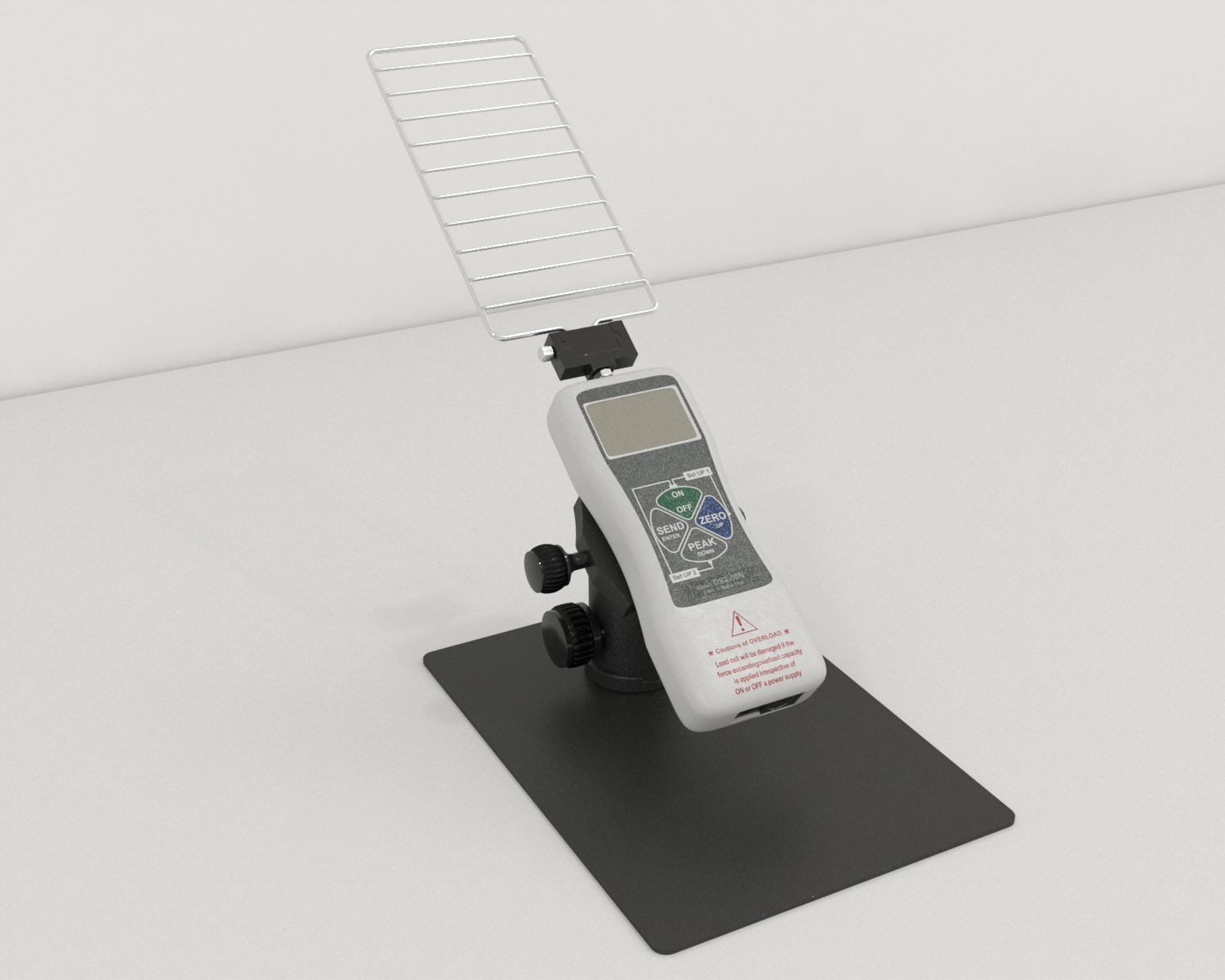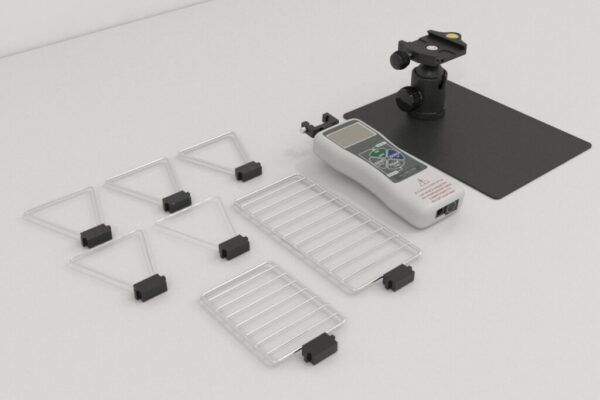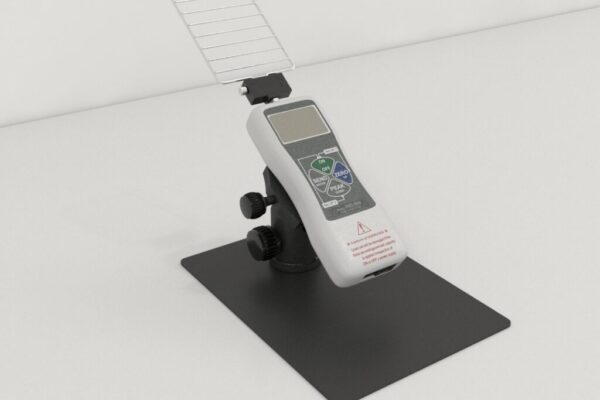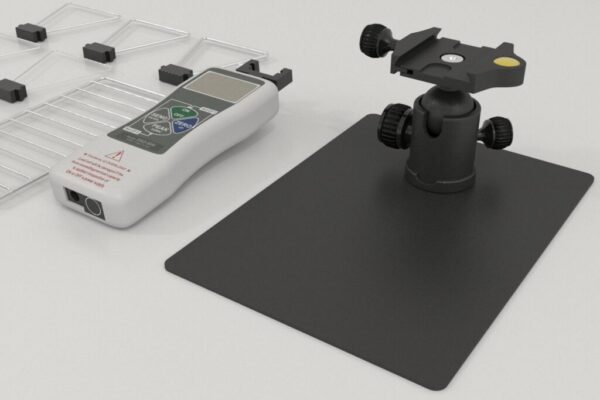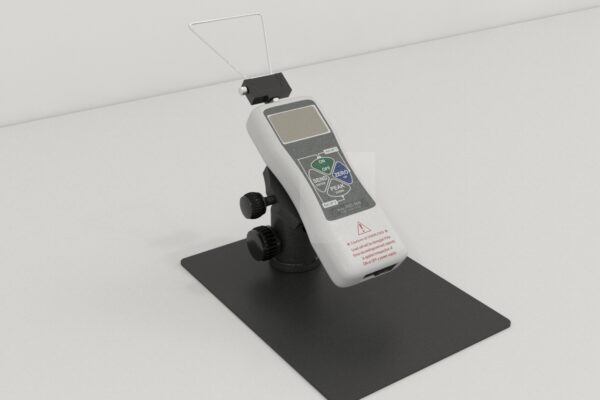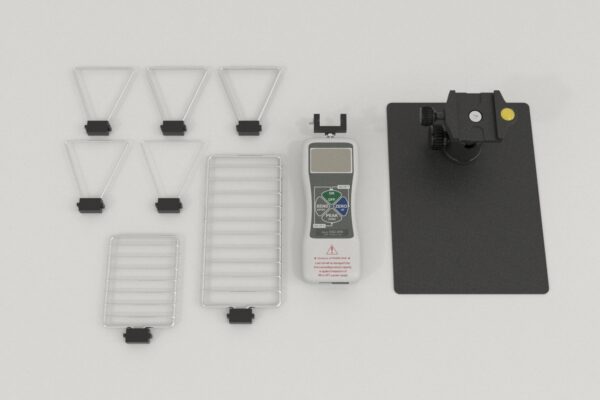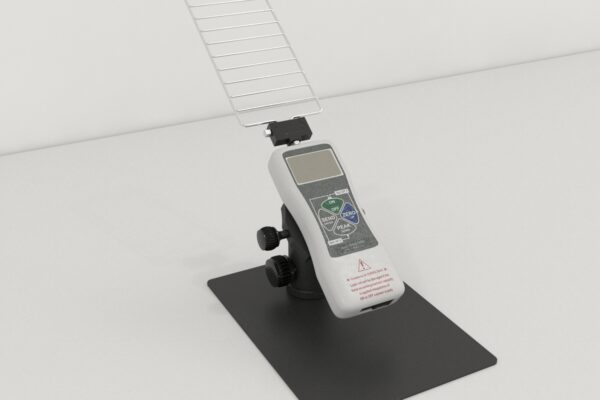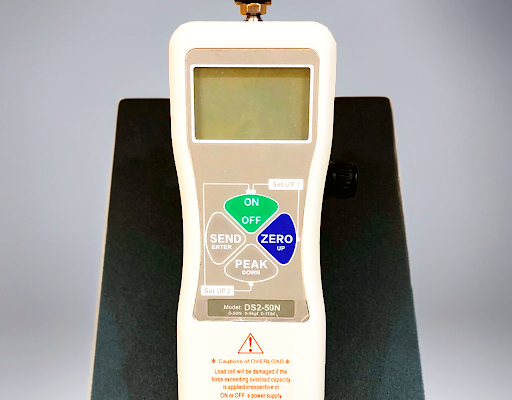Description
The Grip Strength Test was developed in the 1970s (Meyer et al ., 1979; Cabe et al., 1978) and is a widely used apparatus to evaluate motor function in rodents such as rats or mice.
The Grip Strength Test apparatus uses both small and large grip plates to match your rodent strain. Our apparatus measures tensile force and easily outputs mean values.
The instrument has an error value elimination function, which can eliminate operational errors in time, eliminate false values and improve the authenticity of the data. The instrument can read instrument data online with a PC.
Our apparatus can be used as either a forelimb grip strength test or a hindlimb grip strength test.
Maze Engineers offers the Grip Strength Test.

